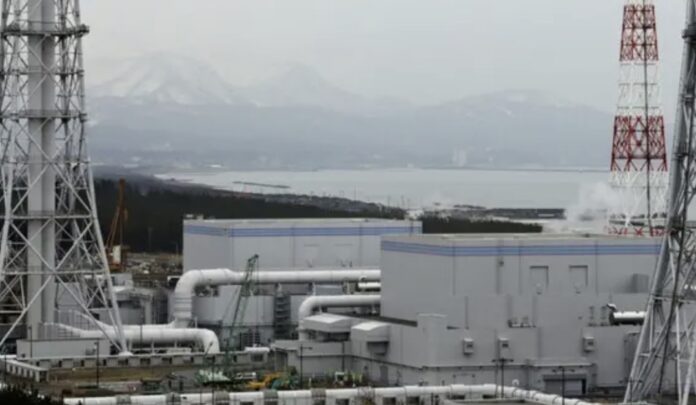Найбільша у світі атомна електростанція Kashiwazaki Kariwa в Японії збирається відновити виробництво електроенергії цього року після більш ніж десятирічної перерви через аварію на Фукусімській АЕС.
Це рішення має на меті знизити витрати на електроенергію в Японії. Виробництво електроенергії на енергоблоці №7 на АЕС Kashiwazaki Kariwa розпочнеться в жовтні. Це стане першим випадком, коли ядерний реактор буде використовуватися за новими правилами безпеки, введеними після аварії на АЕС “Фукусіма-1” у 2011 році, що призвела до призупинення ядерної генерації в Японії.
Японія сподівається прискорити перезапуск реакторів, щоб зменшити витрати на електроенергію, забезпечити стабільне постачання та зменшити викиди парникових газів. Минулого місяця було отримано дозвіл на завантаження палива в реактор у префектурі Ніїгата.
АЕС Kashiwazaki Kariwa має сім енергоблоків загальною потужністю близько 8 гігават. Перезапуск енергоблоку №7 є частиною плану з перезапуску п’яти реакторів по всій країні до 2025 року, що ще не відповідає цілям уряду, який планує, що до 2030 року атомна енергетика складатиме близько п’ятої частини енергобалансу.
Прогнозується, що середньомісячні ціни на електроенергію знизяться на 11% у 2024 році порівняно з попереднім роком, оскільки попит залишається низьким, а перезапуск АЕС та нові вітрові та сонячні електростанції збільшують пропозицію.


